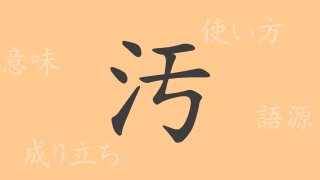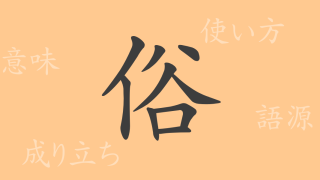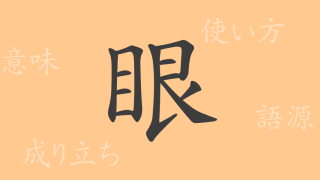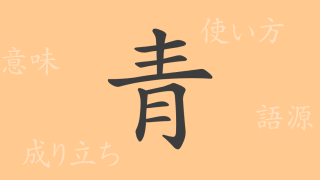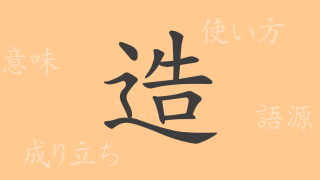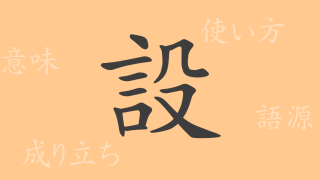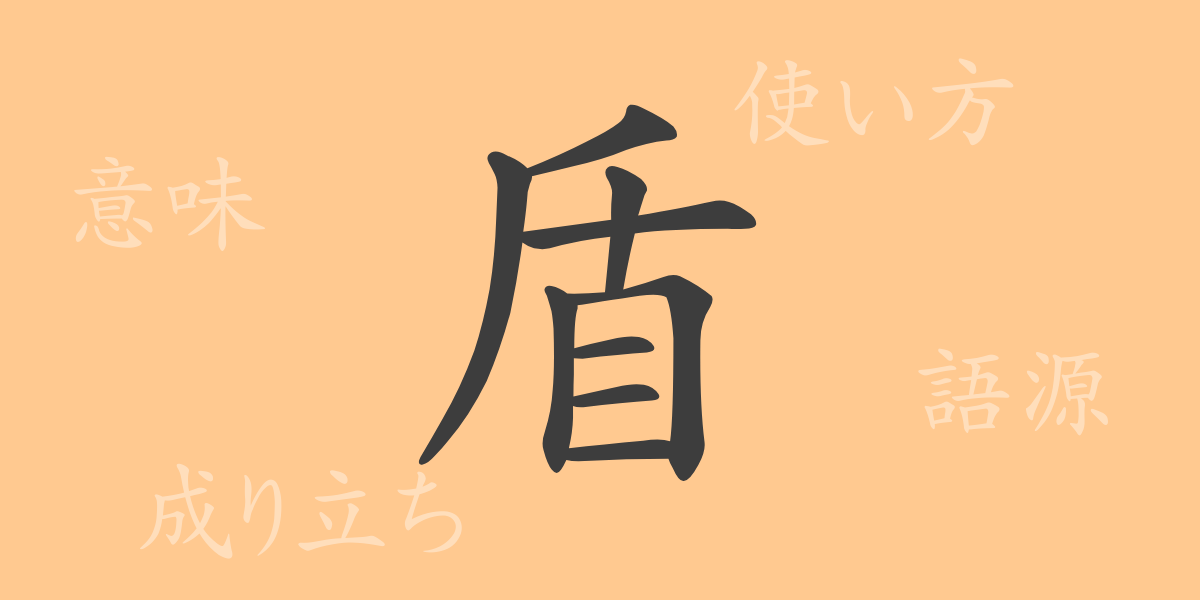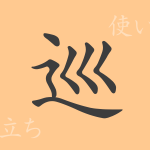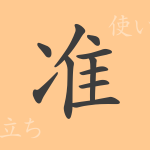Japanese culture and language are steeped in a rich history that has been passed down through the ages. Each of the commonly used kanji reflects the thoughts and values of the Japanese people, acting as a mirror to their worldview. In this article, we focus on the commonly used kanji “盾(たて, tate)”, exploring its origins, its usage in modern times, and more. We hope to provide you with a glimpse into the profound world that “盾(たて, tate)” embodies.
盾の成り立ち(語源)
The kanji “盾(たて, tate)” was created in ancient China to symbolize a shield. This character, representing the tool used in battle to protect oneself, has evolved to include metaphorical meanings over time. As the kanji was transmitted to Japan, unique interpretations and uses were added, giving “盾(たて, tate)” even deeper significance.
盾の意味と用法
In contemporary Japanese, “盾(たて, tate)” directly refers to a “shield” used for protection. However, it is also used metaphorically to mean “something that protects,” “an obstacle,” or “an excuse.” Especially in business and political contexts, these metaphorical uses are frequently seen.
盾の読み方・画数・部首
Understanding the readings and components of the kanji “盾(たて, tate)” can provide deeper insights into its meaning.
- 読み方: 音読みでは「ジュン(jun)」、訓読みでは「たて(tate)」と読みます。
- 画数: 「盾(たて, tate)」の漢字は全9画で構成されています。
- 部首: この漢字の部首は「皿(さら, sara)」で、皿部に分類されます。
盾を使った熟語・慣用句・ことわざとその意味
Idioms and expressions containing the kanji “盾(たて, tate)” reflect its symbolic meanings. For example, “盾に取る(たてにとる, tate ni toru)” means “to use as an excuse” or “to oppose,” and “矛盾(むじゅん, mujun)” (literally “spear and shield”) means “contradiction” or “inconsistency.” These expressions demonstrate the richness of the Japanese language.
盾についてのまとめ
The kanji “盾(たて, tate)” has developed from its original shape to encompass a wide range of meanings and uses. The world of language, continually evolving through history, is closely connected to culture and everyday life. We hope this article serves as a shield of knowledge about “盾(たて, tate)” for our readers and helps deepen their understanding of the Japanese language.






